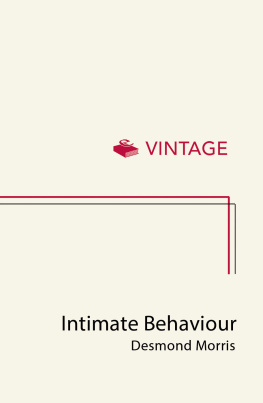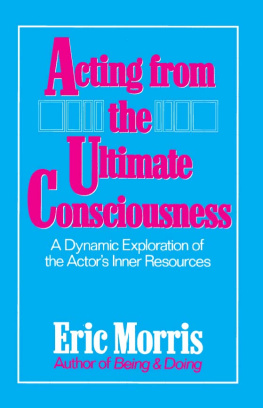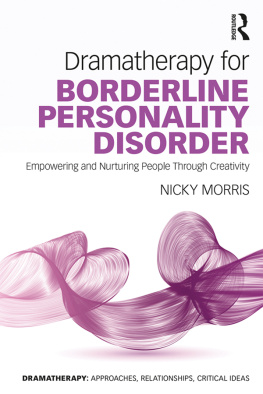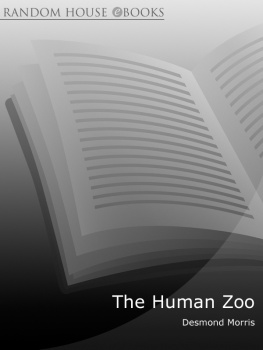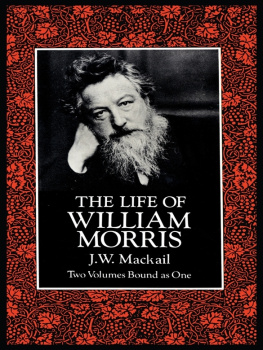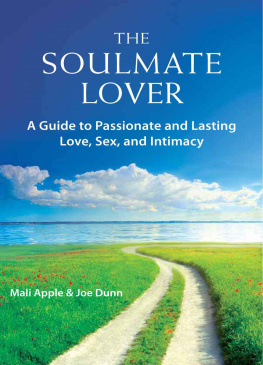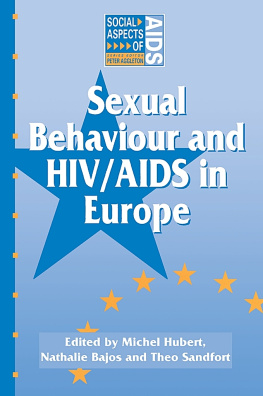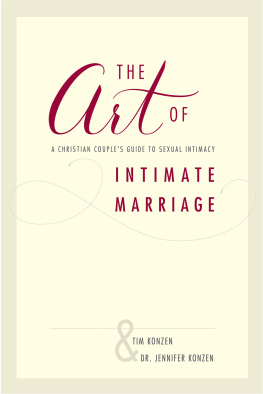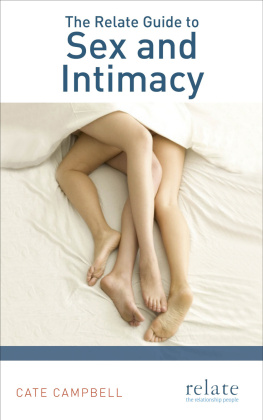Morris - Intimate Behaviour
Here you can read online Morris - Intimate Behaviour full text of the book (entire story) in english for free. Download pdf and epub, get meaning, cover and reviews about this ebook. year: 2015, publisher: Random House, genre: Science. Description of the work, (preface) as well as reviews are available. Best literature library LitArk.com created for fans of good reading and offers a wide selection of genres:
Romance novel
Science fiction
Adventure
Detective
Science
History
Home and family
Prose
Art
Politics
Computer
Non-fiction
Religion
Business
Children
Humor
Choose a favorite category and find really read worthwhile books. Enjoy immersion in the world of imagination, feel the emotions of the characters or learn something new for yourself, make an fascinating discovery.
Intimate Behaviour: summary, description and annotation
We offer to read an annotation, description, summary or preface (depends on what the author of the book "Intimate Behaviour" wrote himself). If you haven't found the necessary information about the book — write in the comments, we will try to find it.
Intimate Behaviour — read online for free the complete book (whole text) full work
Below is the text of the book, divided by pages. System saving the place of the last page read, allows you to conveniently read the book "Intimate Behaviour" online for free, without having to search again every time where you left off. Put a bookmark, and you can go to the page where you finished reading at any time.
Font size:
Interval:
Bookmark:
CONTENTS
One of the best chronicles of human intimacy from the handshake through the twelve stages that people pass through on their way to the total sexual embrace.
Desmond Morris was born in Wiltshire in 1928. After gaining a degree in zoology from Birmingham University, he obtained his D.Phil. from the University of Oxford. He became curator of mammals at London Zoo in 1959, a post he held for eight years.
He was already the author of some fifty scientific papers and seven books before completing The Naked Ape in 1967, which was to sell over 10 million copies throughout the world and be translated into almost every known language.
Desmond Morris has made many television programmes and films on human and animal behaviour, his friendly and accessible approach making him popular with both adults and children, and he is now one of the best-known presenters of natural history programmes.
He is also an accomplished artist and his books include The Biology of Art, The Art of Ancient Cyprus and The Secret Surrealist, as well as his familiar series of Manwatching, Bodywatching, Animalwatching and Babywatching. His new study of the meaning of gestures, Bodytalk: A World Guide to Gestures, is published by Jonathan Cape.
The Biology Of Art
The Mammals
Men And Snakes (co-author)
Men And Apes (co-author)
Men And Pandas (co-author)
Zootime
Primate Ethology (editor)
The Naked Ape
The Human Zoo
Intimate Behaviour
Patterns Of Reproductive Behaviour
Manwatching
Gestures (co-author)
Animal Days
The Soccer Tribe
Inrock
The Book Of Ages
The Art Of Ancient Cyprus
Bodywatching
The Illustrated Naked Ape
Dogwatching
Catwatching
The Secret Surrealist
Catlore
The Animals Roadshow
The Human Nestbuilders
Horsewatching
The Animal Contract
Animalwatching
Babywatching
Christmas Watching
The Naked Ape Trilogy
The Human Animal
The Illustrated Catwatching
Bodytalk
DESMOND MORRIS
Intimate Behaviour

To be intimate means to be close, and I must make it clear at the outset that I am treating this literally. In my terms, then, the act of intimacy occurs whenever two individuals come into bodily contact. It is the nature of this contact, whether it be a handshake or a copulation, a pat on the back or a slap in the face, a manicure or a surgical operation, that this book is about. Something special happens when two people touch one another physically, and it is this something that I have set out to study.
My method has been that of the zoologist trained in ethology, that is, in the observation and analysis of animal behaviour. I have limited myself, in this case, to the human animal, and have given myself the task of observing what people do not what people say, or even what they say they do, but what they actually do.
The method is simple enough merely to use ones eyes but the task is not as easy as it sounds. The reason is that, despite the self-discipline, words persist in filtering through and preconceived ideas repeatedly get in the way. It is hard for an adult human being to look at a piece of human behaviour as if he were seeing it for the very first time, but that is what the ethologist must attempt to do if he is to bring new understanding to the subject. The more familiar and commonplace the behaviour, of course, the worse the problem becomes; in addition, the more intimate the behaviour, the more emotionally charged it becomes, not only for the performers, but also for the observer.
Perhaps this is why, despite their importance and interest, so few studies have been made of commonplace human intimacies. It is far more comfortable to study something as remote from human involvement as, say, the territorial scent-marking behaviour of the giant panda, or the food-burying behaviour of the green acouchi, than it is to tackle scientifically and objectively something as well known as the human embrace, the mothers kiss or the lovers caress. But in a social environment that is ever more crowded and impersonal, it is becoming increasingly important to reconsider the value of close personal relationships, before we are driven to ask the forlorn question, Whatever happened to love? Biologists are often wary of using this word love, as if it reflected no more than some kind of culturally inspired romanticism. But love is a biological fact. The subjective, emotional rewards and agonies associated with it may be deep and mysterious, and difficult to deal with scientifically, but the outward signs of love the actions of loving are readily observable, and there is no reason why they should not be examined like any other type of behaviour.
It has sometimes been said that to explain love is to explain it away, but this is quite unjustified. In a way, it is an insult to love, implying that, like an ageing, cosmetic-caked face, it cannot stand scrutiny under a bright light. But there is nothing illusory about the powerful process of the formation of strong bonds of attachment between one individual and another. This is something we share with thousands of other animal species in our parent-offspring relationships, our sexual relationships and our closest friendships.
Our intimate encounters involve verbal, visual and even olfactory elements, but, above all, loving means touching and body contact. We often talk about the way we talk, and we frequently try to see the way we see, but for some reason we have rarely touched on the way we touch. Perhaps touch is so basic it has been called the mother of senses that we tend to take it for granted. Unhappily, and almost without our noticing it, we have gradually become less and less touchful, more and more distant, and physical untouchability has been accompanied by emotional remoteness. It is as if the modern urbanite has put on a suit of emotional armour and, with a velvet hand inside an iron glove, is beginning to feel trapped and alienated from the feelings of even his nearest companions.
It is time to take a closer look at this situation. In doing so, I shall endeavour to keep my opinions to myself, and to describe human behaviour as seen through the objective eyes of a zoologist. The facts, I trust, will speak for themselves, and will speak loudly enough for the reader to form his own conclusions.
AS AN ADULT human being, you can communicate with me in a variety of ways. I can read what you write, listen to the words you speak, hear your laughter and your cries, look at the expressions on your face, watch the actions you perform, smell the scent you wear and feel your embrace. In ordinary speech we might refer to these interactions as making contact, or keeping in touch, and yet only the last one on the list involves bodily contact. All the others operate at a distance. The use of words like contact and touch to cover such activities as writing, vocalization and visual signalling is, when, considered objectively, strange and rather revealing. It is as if we are automatically accepting that bodily contact is the most basic form of communication.
There are further examples of this. For instance, we often refer to gripping experiences, touching scenes or hurt feelings, and we talk of a speaker who holds his audience. In none of these cases is there an actual physical grip, touch, feel or hold, but this does not seem to matter. The use of physical-contact metaphors provides a satisfying way of expressing the various emotions involved in the different contexts.
Next pageFont size:
Interval:
Bookmark:
Similar books «Intimate Behaviour»
Look at similar books to Intimate Behaviour. We have selected literature similar in name and meaning in the hope of providing readers with more options to find new, interesting, not yet read works.
Discussion, reviews of the book Intimate Behaviour and just readers' own opinions. Leave your comments, write what you think about the work, its meaning or the main characters. Specify what exactly you liked and what you didn't like, and why you think so.

